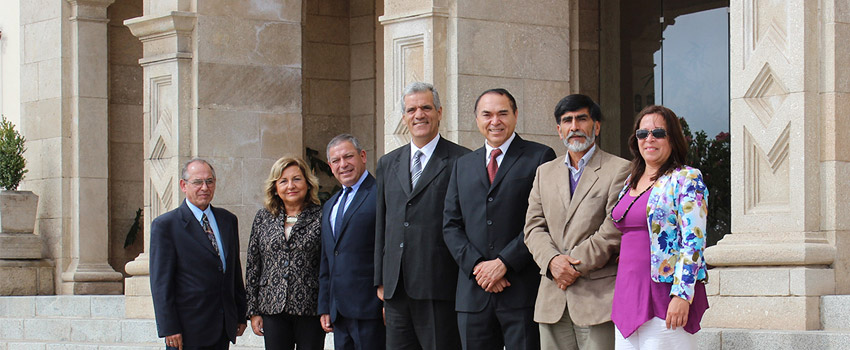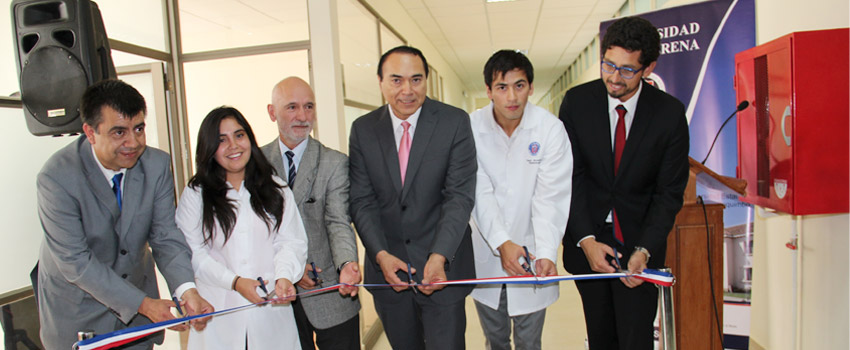
The facilities specifically designed for both careers are among the most modern in Latin America and will allow students to significantly advance in the diagnosis and treatment of their future patients.
Within the framework of its XXXIII anniversary, the only state institution takes a new and significant step by completing the implementation of new laboratories and infrastructure for Kinesiology and Dentistry careers.-
''The systematic improvement of rooms, laboratories and other rooms intended for students, along with the renovation of equipment and furniture, are actions that aim to respond to the various requirements of our students and represent the commitment to quality that we have assumed. several years; It is a source of pride for our University,'' said the Rector of the ULS, Dr. Nibaldo Avilés.
Among the exclusive investments made to benefit the professional training of students, is the allocation of $100 million for the Preclinical Laboratory for Dentistry, which includes 19 simulation models or phantoms.
In addition, the Clinical Plaster Laboratory, the First Aid Kit Room for the distribution of supplies and the Sterilization Room were equipped with a value of $10 million each.
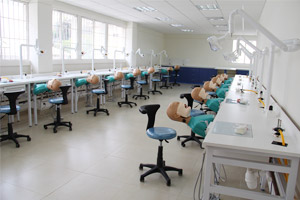 As explained by the director of the Dentistry program, Mg. Cristian Oyanadel, ''in simulation models or phantoms, students learn what they will later have to apply with patients; if they do not go through this stage, it is impossible for them to perform well in the clinic. While the Plaster Laboratory is a complement to the preclinical, since not all work is done in the mouth and they must also learn dental laboratory work and handling of materials, among others, to better perform their task.''
As explained by the director of the Dentistry program, Mg. Cristian Oyanadel, ''in simulation models or phantoms, students learn what they will later have to apply with patients; if they do not go through this stage, it is impossible for them to perform well in the clinic. While the Plaster Laboratory is a complement to the preclinical, since not all work is done in the mouth and they must also learn dental laboratory work and handling of materials, among others, to better perform their task.''
The students were pleasantly surprised with the innovations in equipment, which they will begin to use immediately in the laboratories. ''This is very important for us. It seems very good to me to have in the ULS these teams that we did not imagine what they were going to be like, therefore, seeing that they are modern, allows us to know that they will help us practice and learn more to come out better prepared," said Marcos Pizarro, second year Dentistry student.
''Our University of La Serena has declared in its undergraduate teaching policy, incorporated within the framework of its institutional Strategic Development Plan (PED), the interest in developing undergraduate training processes within a framework of quality and relevance. On the other hand, the corporation, when creating new careers, raised the strategic need to face great risks and convert them into improvement actions that seek to mobilize the institution from a state of consolidation to a state of competitiveness," indicated the Director of Teaching of the ULS, the Mg. Laura Vega, who also added the importance of "contributing to the consolidation of the health area as an important pole of attraction for academically talented students, from the region and why not say the country."
Likewise, the director pointed out that ''the profile of these careers based on significant learning experiences and with greater intensity in the field of practice, offers an important opportunity to familiarize students, through early practices, with learning and performance. in real work environments, ensuring the relevance of their training and providing them with comparative advantages compared to private training offers available in the northern macro zone.''
Kinesiology Laboratories
For the Kinesiology degree, meanwhile, the Biomechanics and Movement Analysis Laboratory was enabled, which includes within its equipment an inertial movement analysis system, a wireless electromyograph, a posturographic analysis system, a rehabilitation treadmill and a training platform. gear and two ergonomic bicycles, which had an investment of $127 million. Also for the Kinesiology degree, the Physiotherapy and Therapeutic Gym Laboratory was equipped with 8 ergonomic stretchers, with an investment of $6 million.
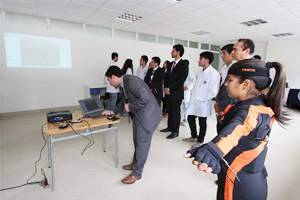 ''Since the first semester of 2014, students begin to work on the subject of biomechanics, beginning to gain insight into the knowledge of each of the pieces of equipment and what benefit they can obtain from this cutting-edge technology. Subsequently, they move on to movement analysis and will be able to work with different groups of people, age groups, genders and be able to provide a service to the community," said the director of the Kinesiology degree, Alfredo Gary.
''Since the first semester of 2014, students begin to work on the subject of biomechanics, beginning to gain insight into the knowledge of each of the pieces of equipment and what benefit they can obtain from this cutting-edge technology. Subsequently, they move on to movement analysis and will be able to work with different groups of people, age groups, genders and be able to provide a service to the community," said the director of the Kinesiology degree, Alfredo Gary.
''One of the guarantees of these devices is that they are easy for the student to manipulate, in addition, they provide data in real time, which opens the doors to research. Regarding treatment with patients, they allow us to determine behavioral patterns and intervene from a clinical point of view,'' said Biomechanics academic Edwin Contreras.
For the Kinesiology student, Anuar Gascón, it is very positive to have high-standard infrastructure at the national level, which represents a leap in the quality of teaching. ''In what is the biomechanical part, everything that is clinical diagnosis in Kinesiology is going to benefit a lot, since movement analysis is one of our main functions, this helps us to be better professionals and to enter better. forms a more competitive market,'' he said.
The ribbon cutting that inaugurated the facilities was carried out by the Rector of the ULS, Dr. Nibaldo Avilés, who was accompanied by the dean of the Faculty of Sciences, Dr. Gustavo Labbé, the director of the Kinesiology degree, Alfredo Gary, the director of the Dentistry program, Mg. Cristian Oyanadel, and the students Gianina Uribe and Diego Contreras.
Subsequently, attendees took a tour of each unit and learned in detail about the equipment and its uses.
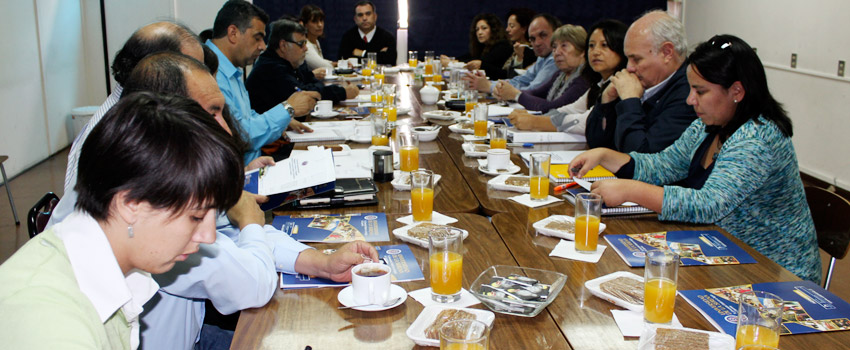
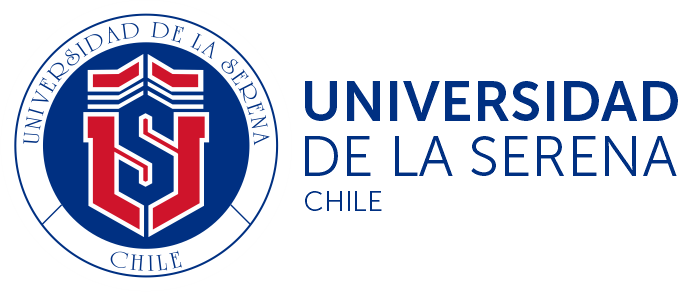
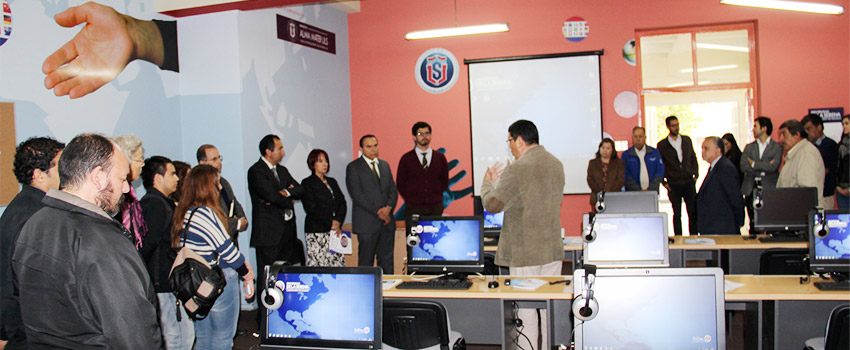
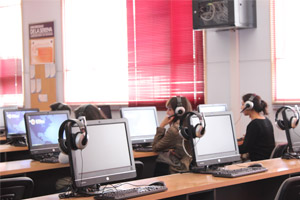 The purpose of the program called ''English Online ULS'' is to develop oral and written comprehension skills that allow the graduate to communicate at a basic level in English and subsequently go deeper through their own means for efficient communication. ''It is an English learning environment through multimedia tools on a web platform, available at the University and online from other sites,'' explained the Director of Teaching.
The purpose of the program called ''English Online ULS'' is to develop oral and written comprehension skills that allow the graduate to communicate at a basic level in English and subsequently go deeper through their own means for efficient communication. ''It is an English learning environment through multimedia tools on a web platform, available at the University and online from other sites,'' explained the Director of Teaching. 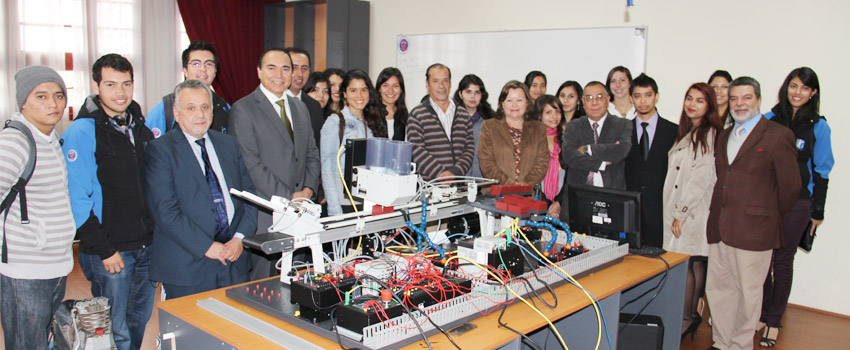
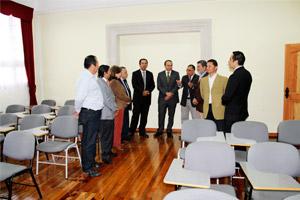 Meanwhile, the director of Institutional and Planning Studies, Mg. César Espíndola, maintained that considering that the teaching-learning process is based on interactions between people, ''the need arises to make these spaces a comfortable and friendly place, this being an important task entrusted by our Rector, especially when This change begins by giving priority to our first-year students, a task that is no less challenging as it provides a starting point in the definition of a new standard of infrastructure for our University and which must be preserved throughout their training process. .
Meanwhile, the director of Institutional and Planning Studies, Mg. César Espíndola, maintained that considering that the teaching-learning process is based on interactions between people, ''the need arises to make these spaces a comfortable and friendly place, this being an important task entrusted by our Rector, especially when This change begins by giving priority to our first-year students, a task that is no less challenging as it provides a starting point in the definition of a new standard of infrastructure for our University and which must be preserved throughout their training process. . 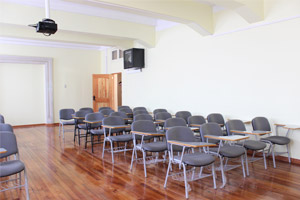 It is worth remembering that in April 2013 the new facilities of the North Wing of the Ignacio Domeyko Campus were inaugurated, works that included the provision of 4 classrooms for the students and teachers of the Department of Industrial Civil Engineering, whose works were framed in the Alma Mater ULS project. They included the recovery of the wooden floor (vitrified), painting of interior and exterior walls, renovation of blackboards, Internet connection, high-efficiency lighting, implementation of data and renovation of furniture to provide comfort to the students. Additionally, accesses and signage were renewed and basic services were provided. Added to this is the implementation of new administrative offices for the Department. of Industrial Engineering, a project that had resources from the Rector's Office and the aforementioned department.
It is worth remembering that in April 2013 the new facilities of the North Wing of the Ignacio Domeyko Campus were inaugurated, works that included the provision of 4 classrooms for the students and teachers of the Department of Industrial Civil Engineering, whose works were framed in the Alma Mater ULS project. They included the recovery of the wooden floor (vitrified), painting of interior and exterior walls, renovation of blackboards, Internet connection, high-efficiency lighting, implementation of data and renovation of furniture to provide comfort to the students. Additionally, accesses and signage were renewed and basic services were provided. Added to this is the implementation of new administrative offices for the Department. of Industrial Engineering, a project that had resources from the Rector's Office and the aforementioned department.
 As explained by the director of the Dentistry program, Mg. Cristian Oyanadel, ''in simulation models or phantoms, students learn what they will later have to apply with patients; if they do not go through this stage, it is impossible for them to perform well in the clinic. While the Plaster Laboratory is a complement to the preclinical, since not all work is done in the mouth and they must also learn dental laboratory work and handling of materials, among others, to better perform their task.''
As explained by the director of the Dentistry program, Mg. Cristian Oyanadel, ''in simulation models or phantoms, students learn what they will later have to apply with patients; if they do not go through this stage, it is impossible for them to perform well in the clinic. While the Plaster Laboratory is a complement to the preclinical, since not all work is done in the mouth and they must also learn dental laboratory work and handling of materials, among others, to better perform their task.'' ''Since the first semester of 2014, students begin to work on the subject of biomechanics, beginning to gain insight into the knowledge of each of the pieces of equipment and what benefit they can obtain from this cutting-edge technology. Subsequently, they move on to movement analysis and will be able to work with different groups of people, age groups, genders and be able to provide a service to the community," said the director of the Kinesiology degree, Alfredo Gary.
''Since the first semester of 2014, students begin to work on the subject of biomechanics, beginning to gain insight into the knowledge of each of the pieces of equipment and what benefit they can obtain from this cutting-edge technology. Subsequently, they move on to movement analysis and will be able to work with different groups of people, age groups, genders and be able to provide a service to the community," said the director of the Kinesiology degree, Alfredo Gary.